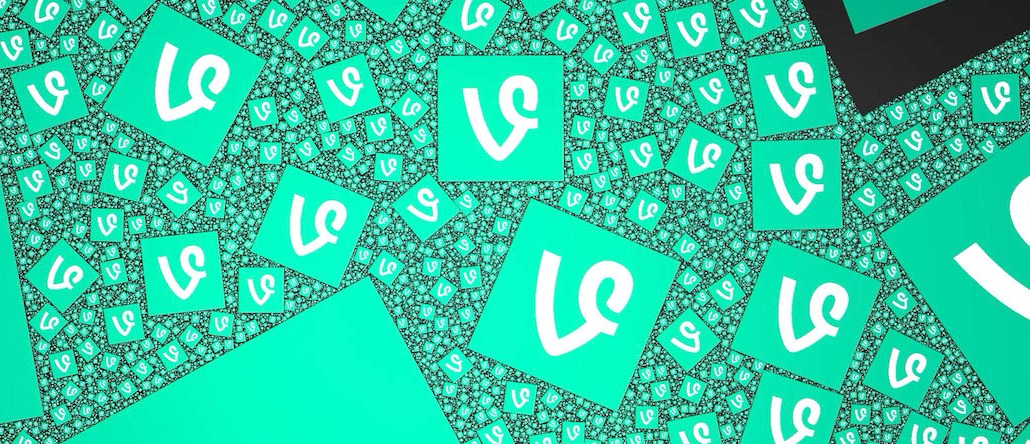With the closure of Vine, Snapchat may see an influx of creators

Whither goes the Vine refugee?
With Twitter’s announcement last week that it’s shutting down the six-second looping video platform, Viners who have amassed audience have to think where they can take the audience. For many of them, Snapchat is the answer.
“Even with Instagram’s Stories component, there isn’t that sense of rawness and authenticity which Vine has on Instagram,” said Tim Armoo, co-founder of video influencer platform Fanbytes, adding that Snapchat’s 10-second limit is the closest to Vine’s six-second constraint.
Indeed, many top Vine users had been jumping ship already. Digiday reported in May that more than half of the most popular Vine stars had left the platform for Facebook, Snapchat, YouTube and Instagram. “I used this account a lot before Snapchat came out,” internet personality Nash Grier declares in his Vine profile. Other popular Viners that have already made the move include Jerome Jarre, Logan Paul and Cameron Dallas.
“There’s more brand interest on Snapchat since it’s the hottest new social media. Most Viners already saw that Vine was declining a year or so ago and already moved their audiences,” said popular Snapchatter Cyrene Quiamco. “With the shut down, any Vine influencer on the fence of moving has to move somewhere or they’ll lose their audience.”
Which has Twitter scrambling to make nice with the Vine users it has marooned, said Florencia Lujani, social lead and head of influencer relations for J. Walter Thompson London.
“Twitter should be wise to offer many options to them to do this. Otherwise, angry influencers stripped away of their favorite social platform could create a huge PR backlash for Twitter,” she said.
Twitter declined to comment on its plans to appease jilted Viners. But in August of this year, Twitter rolled out a new program to split ad revenue with video creators receiving 70 percent and Twitter receiving the test 30 percent. “This was a huge sign of interest, because, in comparison, YouTube only offers 45 percent of revenue to its content creators,” said Lujani.
Me on Monday vs Me on Friday #RIPVine https://t.co/caAqFibCmv
— Jemele Hill (@jemelehill) October 28, 2016
Vine will be missed by many. Twitter was in mourning last week, as thousands of people tweeted out their favorite Vines under the hashtag #ripvine. But the platform ultimately failed because it was not set for influencers to monetize, it didn’t forge a strong relationship with top influencers to keep them on board, and it didn’t innovate fast enough, according to Taylor Nikolai, a Snapchat influencer who created the viral Twitter account @FunnyVines.
With Vine influencers flocking to Snapchat, the question is: Would it be easier for them to monetize Snapchat than Vine? Not necessarily, because monetization is a challenge at every platform — even Facebook hasn’t yet figured out a good monetization strategy for publishers, let alone little guys like influencers on Snapchat, said Joseph Anthony, CEO of agency HERO Group. But the ephemeral-messaging app is where the attention is right now, and it’s valued at around $20 billion.
“Snap is a little behind in terms of how to use third-party content. But right now, it’s driven by young kids who want to have fun,” said Anthony. “Snapchat shouldn’t take the [influencer] community for granted. It needs to figure out how to bring influencers into its business model.”
More in Media

Meta AI rolls out several enhancements across apps and websites with its newest Llama 3
Meta AI, which first debuted in September, also got a number of updates including ways to search for real-time information through integrations with Google and Bing.

Walmart rolls out a self-serve, supplier-driven insights connector
The retail giant paired its insights unit Luminate with Walmart Connect to help suppliers optimize for customer consumption, just in time for the holidays, explained the company’s CRO Seth Dallaire.

Research Briefing: BuzzFeed pivots business to AI media and tech as publishers increase use of AI
In this week’s Digiday+ Research Briefing, we examine BuzzFeed’s plans to pivot the business to an AI-driven tech and media company, how marketers’ use of X and ad spending has dropped dramatically, and how agency executives are fed up with Meta’s ad platform bugs and overcharges, as seen in recent data from Digiday+ Research.








